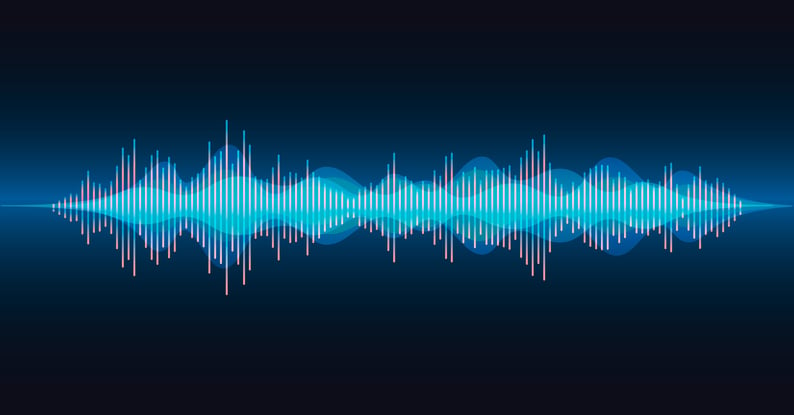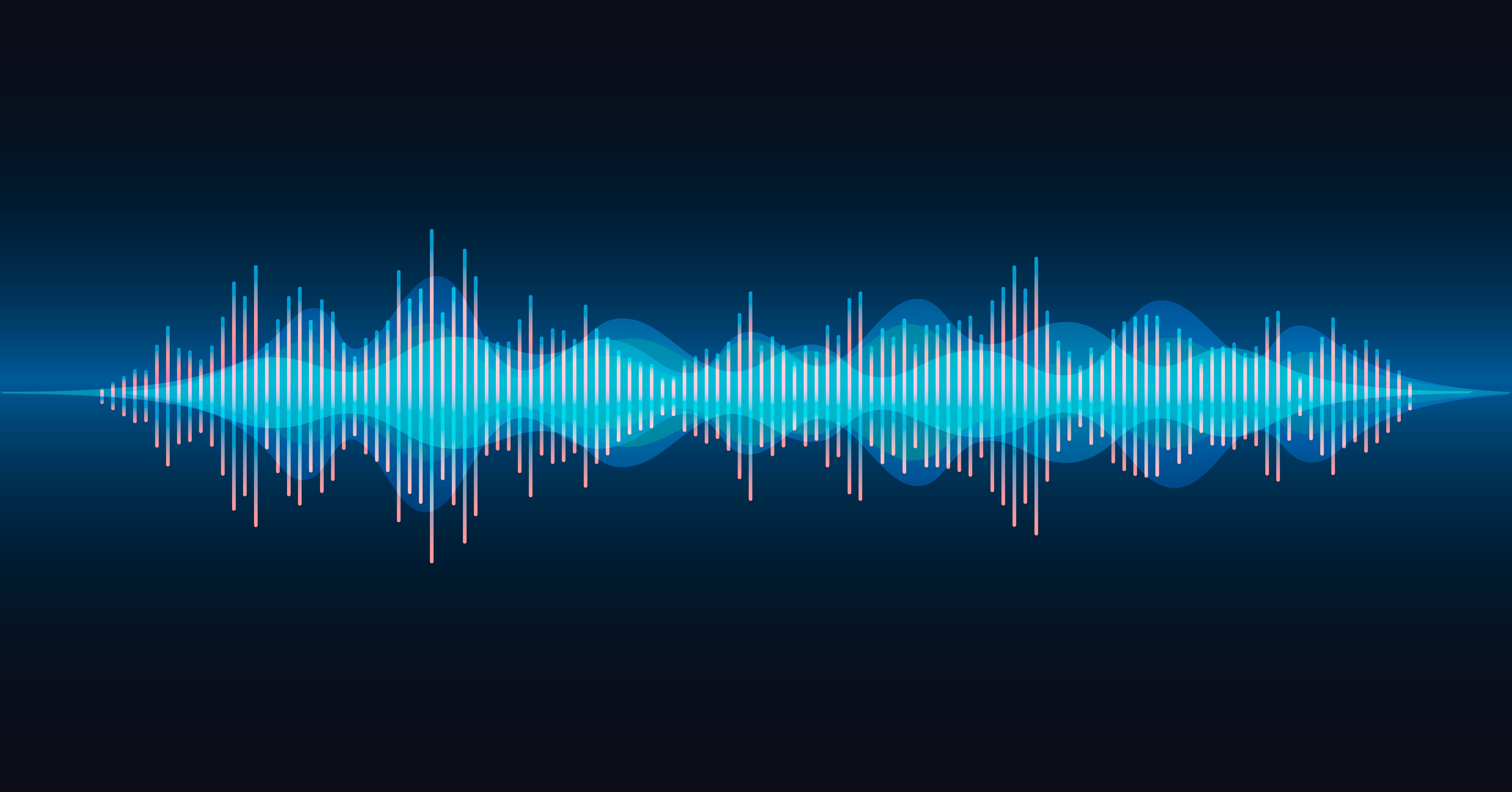How to Create AI Voices that Are Better than Text-to-Speech

The next movie or TV show you watch may be the work of artificial intelligence. Imagine that the actors from Hollywood, Bollywood, or any other motion picture industry are able to speak any language fluently in upcoming films or TV shows. In fact, this is a common scenario. Only the voices may not belong to the actor because they’re all deepfakes. Not to be confused with fraudulence, but created using AI.
However, this level of voice quality is only possible when working with the right AI voice generator. With voice maker advancements, creating high-quality synthetic voices enhances user experiences. Otherwise, the result would be a robotic voice that is full of inaccuracies that distract the audience. This article will cover some of the biggest shortcomings of some AI-generated voices and reveal the best alternatives.
What is an AI voice and what are the different ways to create one?
The 2019 film “Every Time I Die” was dubbed into different languages with the help of AI speech-to-speech software. It was one of the first attempts to replace the voice of a dubbing actor with a digital agent. And everything worked out — even the developer of this voice generator technology could not always distinguish the synthesized voice from the real one.
An AI voice was also used in The Mandalorian for Luke Skywalker’s reveal. AI voice replaced the voice of the real Mark Hamill, who is now 70 years old.
Hamill himself gave permission for the use of his voice. That’s when Respeecher went to work training a neural network based on fragments of the actor’s voice that were recorded over 40 years ago. Sources were past films, an old radio show, and Hamill's taped voice.
AI voices are used not only for film dubbing but also for other content, including video games. You can also dub old movies with a damaged or not very natural audio track. An AI voice generator copes with these challenges without any problems.
Most AI voices can be leveraged using:
- Text-to-speech (TTS) technology
- Speech-to-speech voice conversion
What is text-to-speech voice conversion?
Text-to-speech voice conversion, also referred to as TTS voice synthesis, is a computer simulation of human speech from text with the help of machine learning techniques. Developers use TTS to create voice robots such as IVR (Interactive Voice Response).
The technology allows businesses to save time and reduce costs by automatically generating a voice, eliminating the need for studio recording (and re-recording) every time a script is adjusted. TTS tools streamline the process further by providing efficient text-to-speech conversion capabilities.
A TTS application can read any piece of text in a voice that is almost identical to a human voice. And although the best representatives of TTS technologies are able to achieve impressive quality, you will most likely still be able to tell that it is a robot's speech. However, TTS voices is applicable to a range of use cases.
How text-to-speech (TTS) tools work
To convert text to speech, the ML algorithm needs to perform the following:
- Convert text to words
- Complete phonetic transcription
- Convert transcription to speech
In general, there are three areas that TTS voice conversions can be used in your business or content production. They are:
-
Voice notifications and reminders. These allow for the delivery of any information to your customers all over the world with a phone call. The good news is that the messages are delivered in the customers' native languages, facilitated by text-to-speech software.
-
Listening to written content becomes accessible and convenient with TTS voices. You can hear a synthesized voice reading of your favorite book, email, or website content. This is important for people with limited reading and writing abilities, or for those who prefer listening over reading.
-
Localization. Hiring employees who can speak the multiple languages of your customer can be costly if you operate internationally. TTS tools allows for practically instant vocalization from English (or other languages) to any foreign language. This is assuming that you use a proper translation service.
The disadvantages of TTS applications
Despite the benefits TTS brings to the above-mentioned areas, it still has a number of shortcomings.
To achieve a natural-sounding voice with text-to-speech synthesis, the software should be capable of producing critical nuances such as tone of voice, stresses, pauses, cadences, and so on. Almost all text-to-speech applications fail to perform this complicated task, leading to low-quality results.
The most widespread TTS software shortcomings are:
- Inability to properly convey emotions
- Limited vocabulary and languages
- Slow synthesis process
- Inaccuracies
- Robotic sounding voices
These points may significantly affect the result and lead to unpleasant business outcomes. This is obvious since nobody wants to listen to low-quality, robotic voices. This is where speech-to-speech voice cloning steps in to enhance the quality of convert text to audio outcomes.
Speech-to-Speech (STS) voice cloning
So what is speech-to-speech voice synthesis? It is an AI-powered technology that uses one person’s speech (not text) to generate speech in another person’s voice.
With speech-to-speech voice cloning technology, you can make your own voice sound like anyone you want. So how exactly can STS help to make TTS voices sound natural?
In short, speech synthesis powered by voice AI allows for addressing critical use cases where you need to use one person’s speech as a source to generate speech in another voice.
With speech-to-speech voice cloning technology, you can make yourself sound like anyone.
So why choose STS over the TTS tech? Here are some of the most critical reasons:
-
STS allows you to do what is impossible with TTS, like synthesizing iconic voices of the past or saving time and money on ADR for movie production.
-
STS voice cloning allows you to achieve speech that utilizes a more colorful emotional palette. The generated voice will be absolutely indistinguishable from the target voice.
-
STS technology allows for the scaling of content production for those celebrities who want but can't spend time working simultaneously on several projects.
Check the video to see how Respeecher’s speech-to-speech voice conversion software allows for producing different voice nuances.
Respeecher’s Voice Marketplace allows you to license a human voice from our voice library. You can synthesize an unlimited amount of speech using this voice for your project without leaving the same platform. This convenient voice maker feature streamlines the process of accessing and utilizing high-quality voices for your projects. All this at an amazing price point and level of quality that no one else can match.
With Respeecher’s speech-to-speech voice synthesis, you can convert your voice into 60+ natural human voices without sacrificing the full range of emotion.
Try it and experience the difference for yourself!
FAQ
AI voice generation technology uses advanced algorithms to create digital voice models, enabling lifelike speech synthesis. It powers applications like AI speech generators, voice cloning software for filmmakers, and AI-powered voiceovers, revolutionizing industries like film and localization.
Voice cloning software for filmmakers enables AI voice generation and the creation of digital voice models, allowing for more efficient film dubbing and language localization. It reduces production time, costs, and enables actors' voices to be replicated across languages, enhancing the viewer's experience with natural voice synthesis.
Synthetic dubbing technology leverages AI voice generation and voice cloning to replicate an actor’s voice in different languages. It eliminates the traditional film dubbing challenges, creating realistic and emotionally nuanced voiceovers using AI-powered voice synthesis and speech-to-speech conversion.
Speech synthesis in the film industry, powered by AI voice generation, ensures seamless language localization. It allows for realistic voiceovers in multiple languages by generating natural voice synthesis that perfectly matches the actor's original performance, improving the audience’s viewing experience.
While AI voice generation technology can replicate voice actors for tasks like AI-powered voiceovers and language localization, it can't fully replace the artistry and emotional depth of human voice acting. AI speech generators enhance efficiency but still lack the creative expression of live performances.
Glossary
AI voice generation technology
AI voice generation technology uses advanced algorithms to create digital voice models and produce natural voice synthesis, enabling AI-powered voiceovers and film dubbing innovation.
Voice cloning software for filmmakers
Voice cloning software for filmmakers uses AI voice generation technology to create digital voice models, enabling AI-powered voiceovers and synthetic dubbing technology for films.
Synthetic dubbing technology
Synthetic dubbing technology uses AI voice generation technology and digital voice models to create AI-powered voiceovers, enabling language localization for movies and speech synthesis in the film industry.
Language localization for movies
Language localization for movies uses AI voice generation technology and synthetic dubbing technology to create AI-powered voiceovers and adapt films for global audiences.
Digital voice models
Digital voice models use AI voice generation technology and voice cloning software for filmmakers to create AI-powered voiceovers, enabling natural voice synthesis in films.

- synthetic media
- artificial intelligence
- AI voice synthesis
- visual effects (VFX)
- artificial intelligence (AI)
- synthetic voice
- text-to-speech (TTS) synthesis
- speech-to-speech (STS) voice synthesis
- AI voice
- The Mandalorian
- Luke Skywalker
- AI deepfake voice
- AI voices
- virtual world
- target voice
- Mandalorian
- Respeecher’s voice cloning algorithms
- voice actor
- Respeecher’s synthetic voices
- Respeecher's voice marketplace
- STS voice synthesis
- AI technology
- Interactive Voice Response
- IVR
- Respeecher Voice Marketplace
- voice generator
- voice ai
- voice maker
- convert text to audio
- TTS tool
- speech-to-speech software
- TTS voices
- text-to-speech software





